Droid Enters Ring Against BlackBerry, iPhone
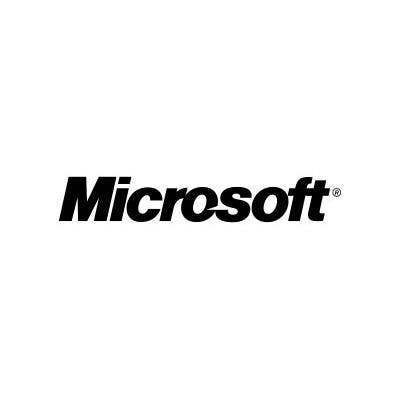
On Friday, Motorola and Verizon are releasing the Droid: the touch-screen, Android 2.0-based smartphone that is perhaps the most aggressively feature-rich phone on the market based on the Google-driven mobile OS. It hits a market full of aggressive competition from the likes of Apple and RIM, but a market that's always looking for differentiation.
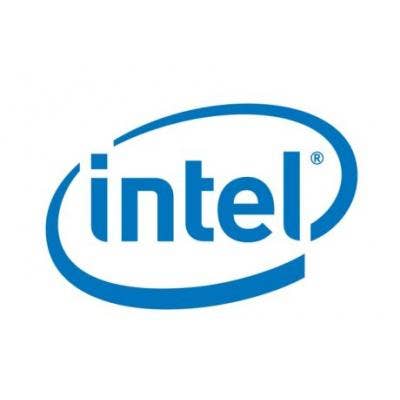
CRN lab reviewers examined the Droid in the context of its competition, namely the BlackBerry Storm2 and the iPhone 3G, and found that it stacks up very competitively -- albeit in a phone that is geared much more toward the consumer space than the commercial space. Droid functionality, battery life and touch-screen capabilities all give Apple's iPhone serious competition.
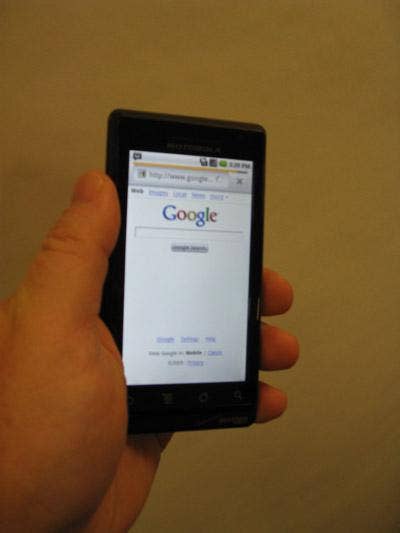
With almost exactly the same form factor and dimensions as the iPhone, albeit with slightly less-rounded curves, the Droid offers a clear touch screen and friendly Web browser.
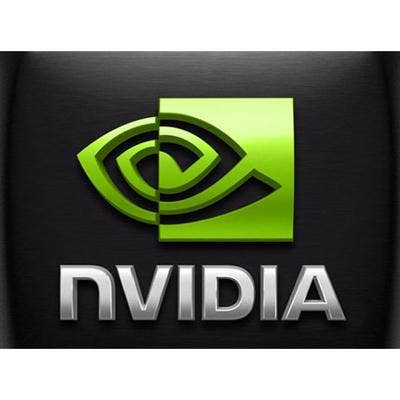
Like the iPhone, Droid makes good use of a built-in accelerometer. This allows for quick-and-easy, portrait-to-landscape viewing and functionality.
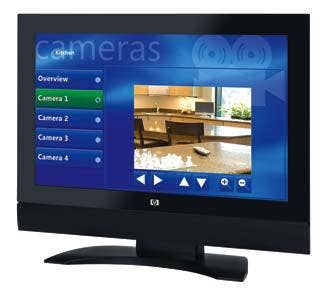
But, unlike iPhone, Droid's touch-screen capability shouldn't be confused with iPhone's "multitouch." That means that while iPhones can easily and intuitively resize photos and work screens, for example, Droid's touch is good for opening and closing applications and typing, but not for resizing.

What we found to be a nice bonus: the Droid's "slider" capability. Unlike BlackBerry Storm2 or iPhone, the Droid provides an actual slider keyboard for those who are used to, or who prefer, its feel and navigation.
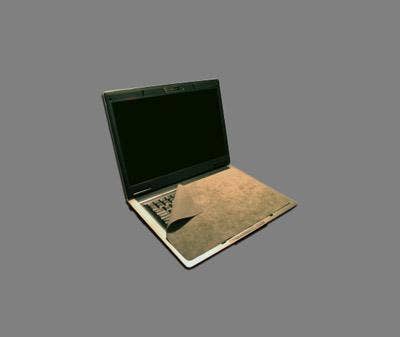
We like a lot of what we saw in the BlackBerry Storm2, including the accelerometer, portrait-to-landscape function. To some of the BlackBerry faithful, this may be sacrilege but we think it's fine in the context of this device.

Like the Droid, the Storm2 has touch but not "multitouch" capability. The touch-and-click, though, does have a nice feel and sense to it.

We've learned not to take Wi-Fi for granted when talking about BlackBerry devices on the Verizon network. However, the Storm2 has Wi-Fi capability -- just like the Droid and iPhone. Can we have an "Amen?"

An additional benefit to RIM's approach with the Storm2 is additional security measures -- including password-syncing with the wireless router -- that are built in to the Wi-Fi access, making this a nice device for those with specific security or compliance concerns. All in all, the Droid and Storm2 provide nice, friendly and functional alternatives to the iPhone for Verizon, but we'll wait for future generations of each to see if they can fully bridge the feature gap.